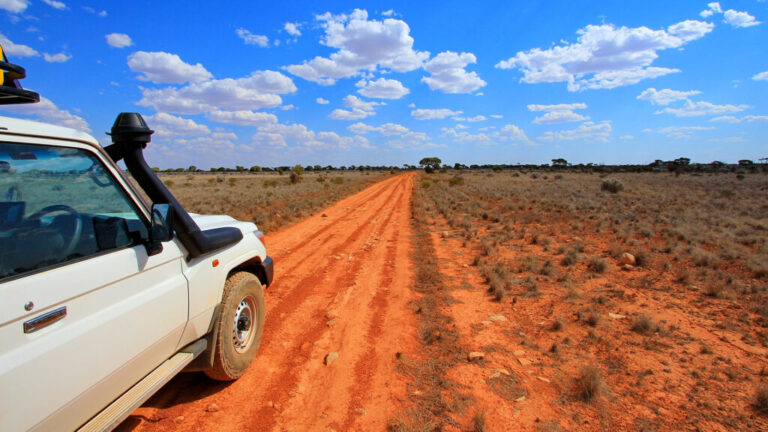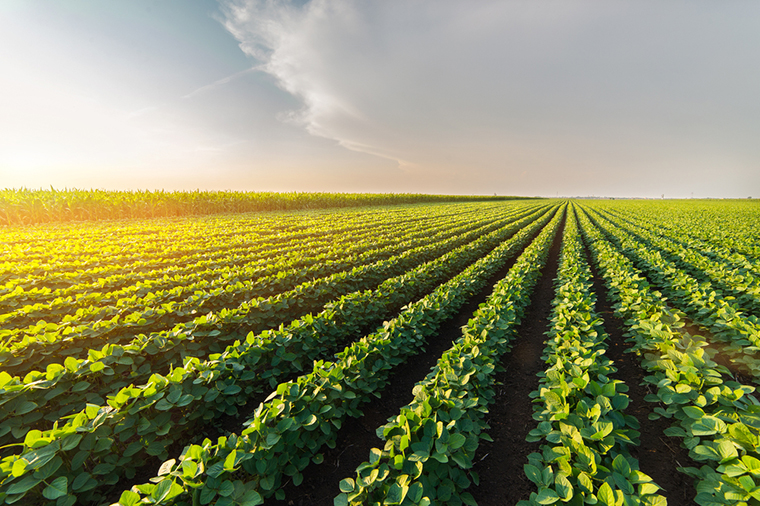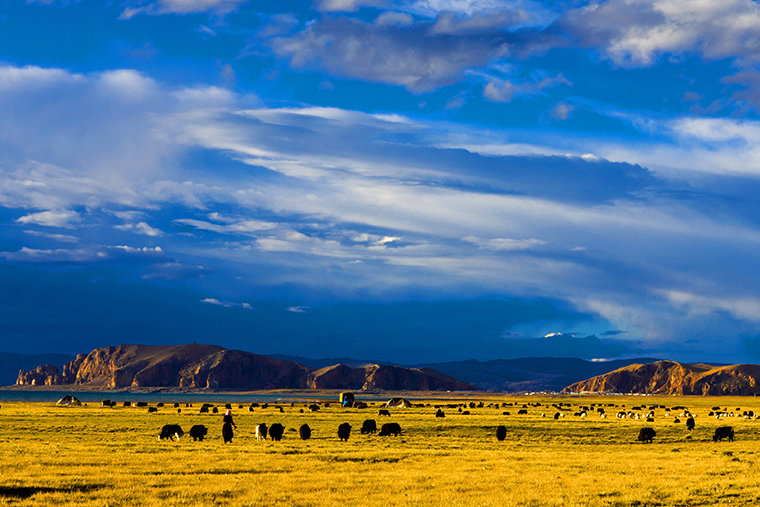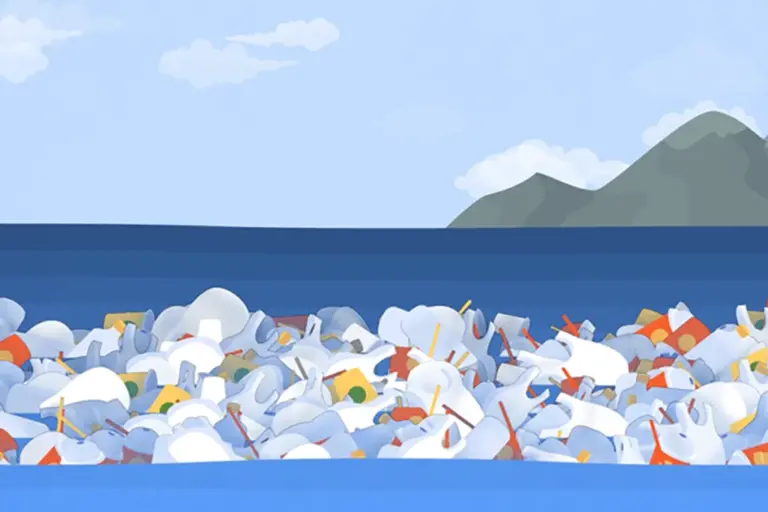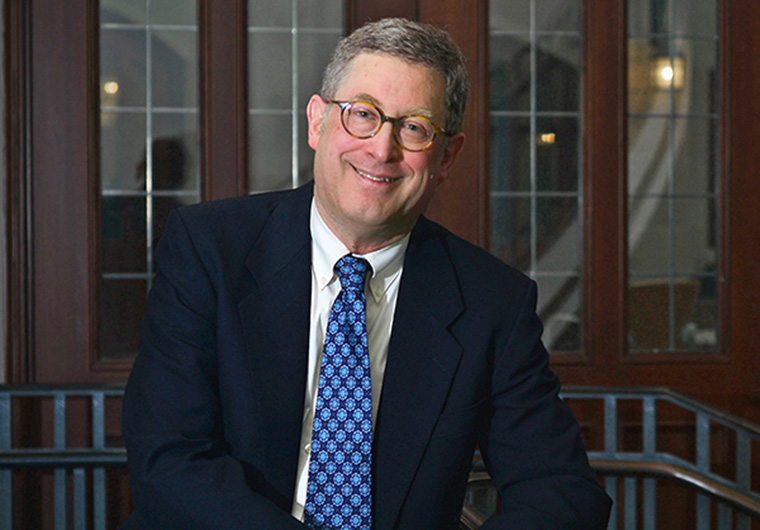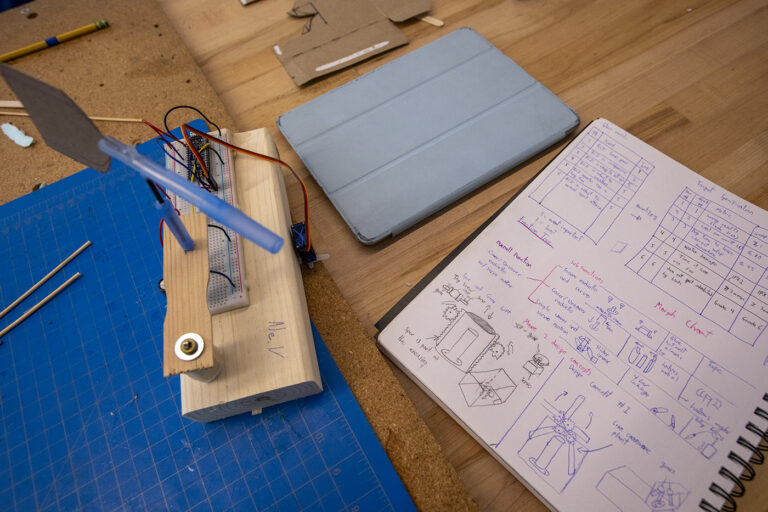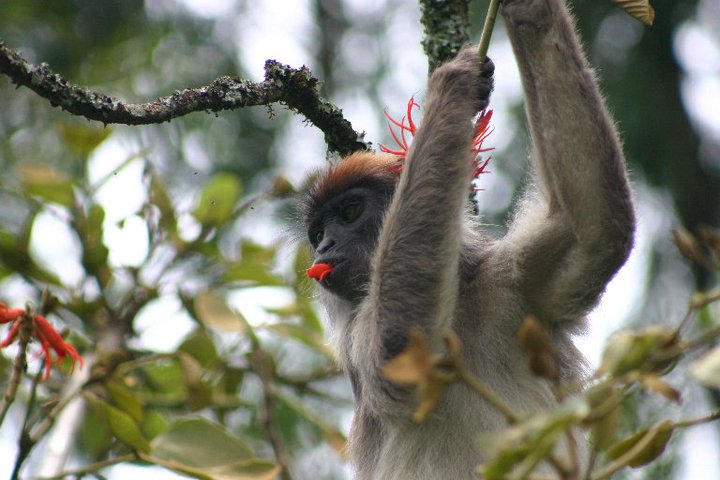‘Santiago Sierra: 52 Canvases Exposed to Mexico City’s Air’
The Mildred Lane Kemper Art Museum at WashU will present this exbibition Feb. 23 through July 29. It consists of 52 canvases that Sierra placed on the floor of a city building, highlighting the contaminants that can poison the urban environment.

